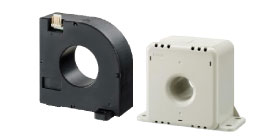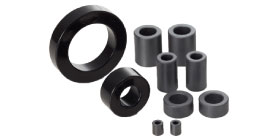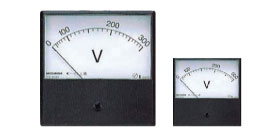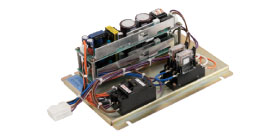Contributing to people and the earth
through technology and action
Based on international norms of “sustainable development,” we continue to work on protecting, preserving, and improving the environment through our proprietary technology and actions of our employees in order to realize environmentally friendly products and factories.
-
Environmental Management System
We have established an environmental management system that conforms to the international environmental standard ISO14001 (certified in 2005).
We regard environmental contribution activities as one of the most important tasks of our business. We will continue to contribute to the realization of a sustainable future and achievement of SDGs by taking on the challenge of innovation with an eye on providing solutions to various environmental issues, such as promotion of reductions in environmental impact caused by energy and waste, climate change mitigation and resource recycling through compliance with related laws and regulations, and coexistence with nature. -
Use of Renewable Energy
7. AFFORDABLE AND CLEAN EMERGY 13. CLIMATE ACTIONBy installing solar power generation panels on the rooftops of our Honsya Works, Honsya Works No. 2, and Fukuyama Works and using renewable energy generated in-house (233MWh in 2020) in our production activities, we continue to work on reducing CO2 emissions.
-
Solar Power Generation Panels

-
Monitoring Power Generation

-
-
Climate Change Countermeasures through Product Development
13. CLIMATE ACTION 14. LIFE BELOW WATER 15. LIFE ON LANDThrough technological development of current sensors, which are our main products, we continue our work on reducing CO2 emissions during the manufacturing stage.
-
Reduction in CO2 emitted during the manufacturing stage

-
Reduction in CO2 emissions through improved fuel efficiency

Our current sensors support eco-driving by controlling the input/output current of batteries in electric vehicles such as HEVs and monitoring the current between drive motors and inverters, and thereby contribute to reductions in CO2 emissions through improved fuel efficiency of automobiles. Our current sensors also contribute to energy savings in facilities by controlling power conversion devices and motor-using equipment.
Example of use in electric vehicles (converting DC power from a battery to AC power to drive the motor)

-
-
Waste Reduction
Recycling rate of waste generated during the manufacturing stage
 6. CLEAN WATER AND SANITATION 9. INDUSTRY, INNOVATION AND INFRASTRUCTURE 11. SUSTAINABLE CITIES AND COMMUNITIES 12. RESPONSIBLE CONSUMPTION AND PRODUCTION
6. CLEAN WATER AND SANITATION 9. INDUSTRY, INNOVATION AND INFRASTRUCTURE 11. SUSTAINABLE CITIES AND COMMUNITIES 12. RESPONSIBLE CONSUMPTION AND PRODUCTIONWe continue to work on reducing environmental impact by designing products that are easy to disassemble and sort after use and by improving the recycling rate of waste generated during the manufacturing stage.
-
Restoration of Natural Richness Through Satoyama Woodland Preservation Activities
Seasonal Forest Planting in Kannabe
 14. LIFE BELOW WATER 15. LIFE ON LAND
14. LIFE BELOW WATER 15. LIFE ON LANDWe participate in the Mitsubishi Electric Group Satoyama Woodland Preservation activities to prevent pollution and restore nature that surrounds us, such as parks, forests, and rivers around our business sites.
-
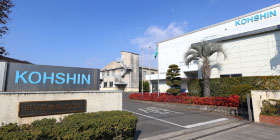
Corporate Outline
You can view the company outline and history of KOHSHIN ELECTRIC CORPORATION
-

Message from the President
We have a message for everyone from President
-
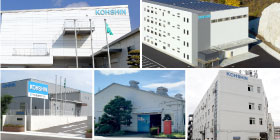
Operation Bases
Honsha works in Okayama pref., Introducing Koshin Electric's works located in Japan and overseas.
-
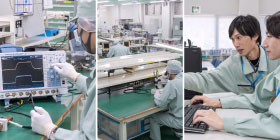
Quality Initiatives
Introducing Koshin Electric's policies and efforts to provide products that satisfy our customers.
-

Environmental Initiatives
Throuht proprietary technology and employee behavior, We aim to create a sustainable society where future children can live with peace of mind.
-

Social Contributions
We will strive to realize a vibrant and comfortable society with an awareness of social issues. As part of our CSR, we are working on social contribution activities together with our employees.

